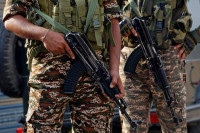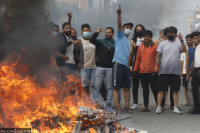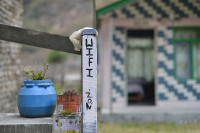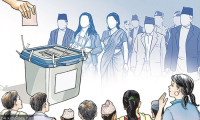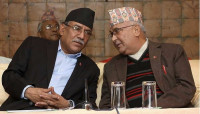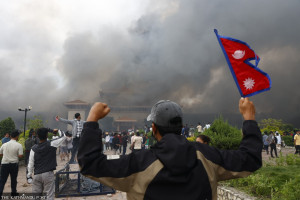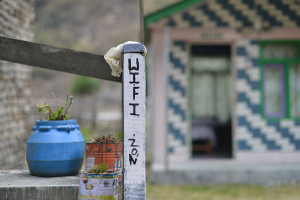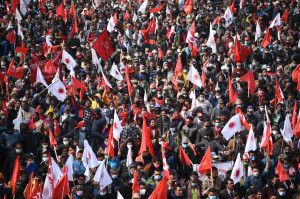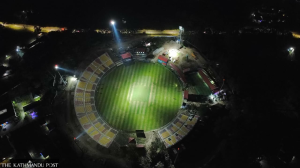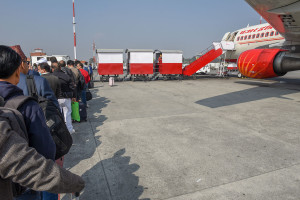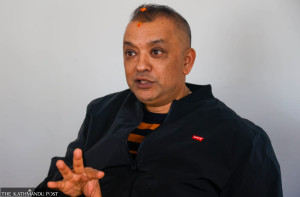Columns
Generational trauma
The chaos has subsided, and rebuilding projects have started. But first, we must rebuild ourselves.
Piyush Adhikari
My entire generation has been left traumatised, through no fault of our own. The trauma from the Gen Z protests only adds another layer onto a deep wound that has been left untreated. My elder brother grew up during the Maoist insurgency. Hearing him talk about those days, how they resulted in nothing, and his conclusion that “there is no hope for this country” is a testament to how deeply traumatised and disillusioned the elder Gen Z-ers who grew up during this era of Nepali history are.
When I was 10, Nepal was hit with another traumatic event: The 2015 Earthquakes. Some of us lost family, some lost homes, and all of us were left with deep, unresolved trauma and psychological fear. Today, even when the ground rumbles as a heavy vehicle passes by, we are reminded of those 56 seconds when we lost so much. The broken economy of Nepal only compounds these traumas. Gen Z-ers increasingly face the mental impact of brain drain and labour drain.
The generational trauma we carry is not just a feeling; it is a documented public health crisis. Following the decade-long insurgency, a study found that anxiety symptoms in a Nepali cohort nearly doubled, from 26.2 percent to 47.7 percent, with a post-conflict PTSD prevalence of 14.1 percent. The 2015 earthquakes inflicted another deep wound, with studies showing that over a third of the affected population reported symptoms of depression (34.3 percent) and anxiety (33.8 percent) just four months later. Most tellingly, a 2023 study revealed that PTSD persisted in 18.9 percent of adult survivors three years after the earthquake. The psychological damage is not short-term; it embeds itself in the population. This layered trauma unfolds in a nation profoundly unprepared to help us heal, with a paltry 0.22 psychiatrists and 0.06 psychologists per 100,000 people and an overall mental health service readiness score of just 22.2 percent. Our pain is thus a predictable, recurring epidemic with no structure or preparedness to approach.
As the deeply wounded Generation Z endures yet another traumatic event, a mental health epidemic seems a mathematical certainty. We may not be able to produce enough psychologists and psychiatrists overnight, but the least we can do is move beyond the stigma that surrounds mental illness in Nepal. We cannot build a strong Nepal if our foundation—our people—are broken.
Confronted with this crisis, the response must be as innovative and collective as the revolution itself. UNICEF Nepal’s MaChhuNi chatbot has emerged as an innovative and accessible first line of support. We can also scale up proven, community-based models. After the 2015 earthquakes, programs successfully trained over 1,000 local health workers to provide psychosocial support, demonstrating a viable path to integrate these services into primary healthcare.
Research in Nepal shows that interventions which enhance social cohesion directly improve both mental health and community resilience. This underscores a vital truth: Healing is not just an individual process, but a collective one. The physical chaos has subsided. The rebuilding project has begun. The first infrastructure we must rebuild is ourselves.




 16.12°C Kathmandu
16.12°C Kathmandu
